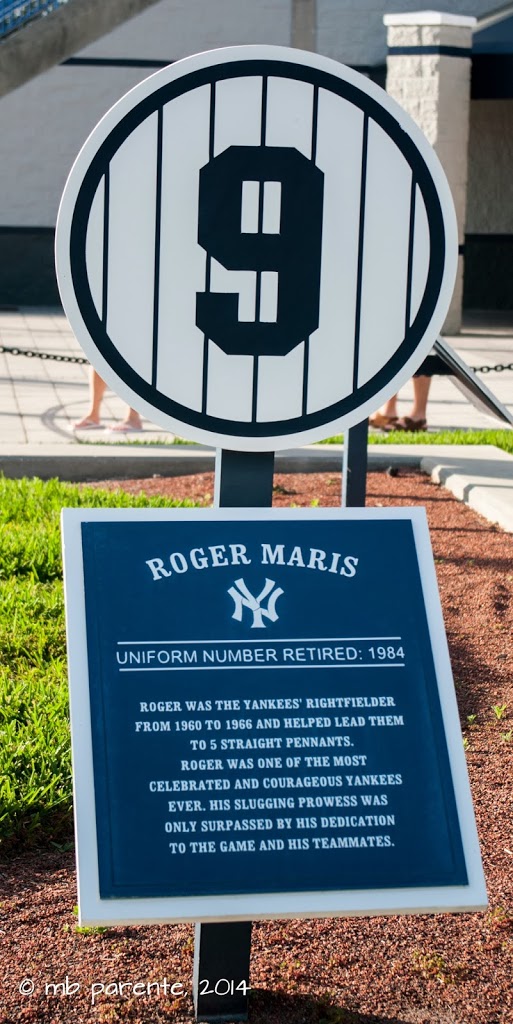 |
||
| The first championship flag earned by the Saints Color Guard: National Judges Junior Color Guard and Corps Association, Chapter 3 Champions, 1971 |
improve focus on leadership skills? Contact me at parentehrg AT gmail.com.

 |
||
| The first championship flag earned by the Saints Color Guard: National Judges Junior Color Guard and Corps Association, Chapter 3 Champions, 1971 |
For those of you who know me, it's probably not surprising that my blogging would stray onto the baseball field. With Spring Training games underway, it seems as good a time as any.
Today's focus? Looking at baseball through the lens of emotional intelligence in the face of concrete data.
Statistics are a method to quantify what happens during the 9 innings of play (more or less) each game. The history of those statistics takes on special meaning, as it did during the Summer of '61 - the year of the M&M Boys.
Mickey Mantle and Roger Maris, both players for the New York Yankees that summer, were each having incredible offensive seasons. As Mickey hit a home run, Roger matched or exceeded the total. Great times, exciting times, except people started to take sides - and not in nice ways. Newspapers (especially the NY Daily News) and local radio / television stations fanned the flames to encourage fans to support one player over the other.
Given my age at the time, I easily was swayed to love what Mickey was doing, and to despise Roger's attempt to break the season home run record. My decision-making was all emotion-based: How could someone who wasn't a "true" Yankee (Maris had played with the Kansas City Athletics before joining the Yankees the year before) become the heir apparent for a record set by another beloved Yankee (Babe Ruth)?
The lack of empathy (OK, I'm being polite - the hatred) from baseball fans for Roger Maris that season is well-documented. The pressure caused him to suffer both physically and emotionally, right up to hitting his 61st, record-breaking home run as the season came to a close.
These days, I have a much better appreciation of what happened back then, and how easily I and so many others were swayed to be less than objective during the home run race. It was all about failed reality testing, impulse control, and empathy among other components of emotional intelligence.
Roger, I'm sorry.
The stats? Yeah, they're important, but they've gotten so complicated in this Information Age they're mostly beyond my waning math abilities. Being able to still enjoy the efforts of each player on the field? It's why I'll always be a fan of the game.
 |
||
| Roger Maris's Retired Uniform Number Plaque, Legends Field / Steinbrenner Stadium, Tampa FL |